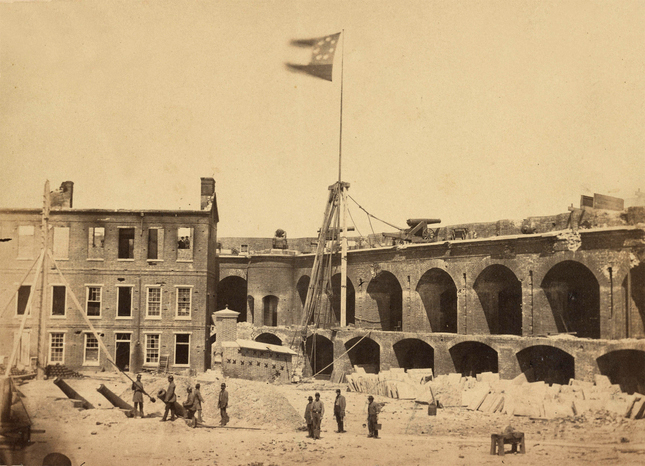
The Civil War started 150 years ago last week. I present an intriguing tale from Fort Sumter to commemorate the occasion. This one is pretty widely known but still interesting.
Pierre Gustave Toutant Beauregard was a native of Louisiana trained at the United States Military Academy (Class of 1838). He was such a good artilleryman at West Point that he was kept on an additional year by one of his instructors. Beauregard moved around the South at the beginning of his career and eventually returned to West Point as Superintendent in 1861. He only lasted five days as the start of the Civil War compelled him to fight for his home South.
The most interesting part of G.T. (he eventually dropped the P) Beauregard's career came at Fort Sumter on April 12, 1861. He led the Confederate bombardment and eventual victory in the first battle of the Civil War. The Union General he defeated you may ask? Robert Anderson; the man who asked him to stay on at West Point.
p.s.:
Nothing to do with the Civil War. I'm proud to report that History Tours was named the #1 Google Earth Teacher Tool by highdefteacher.com.



